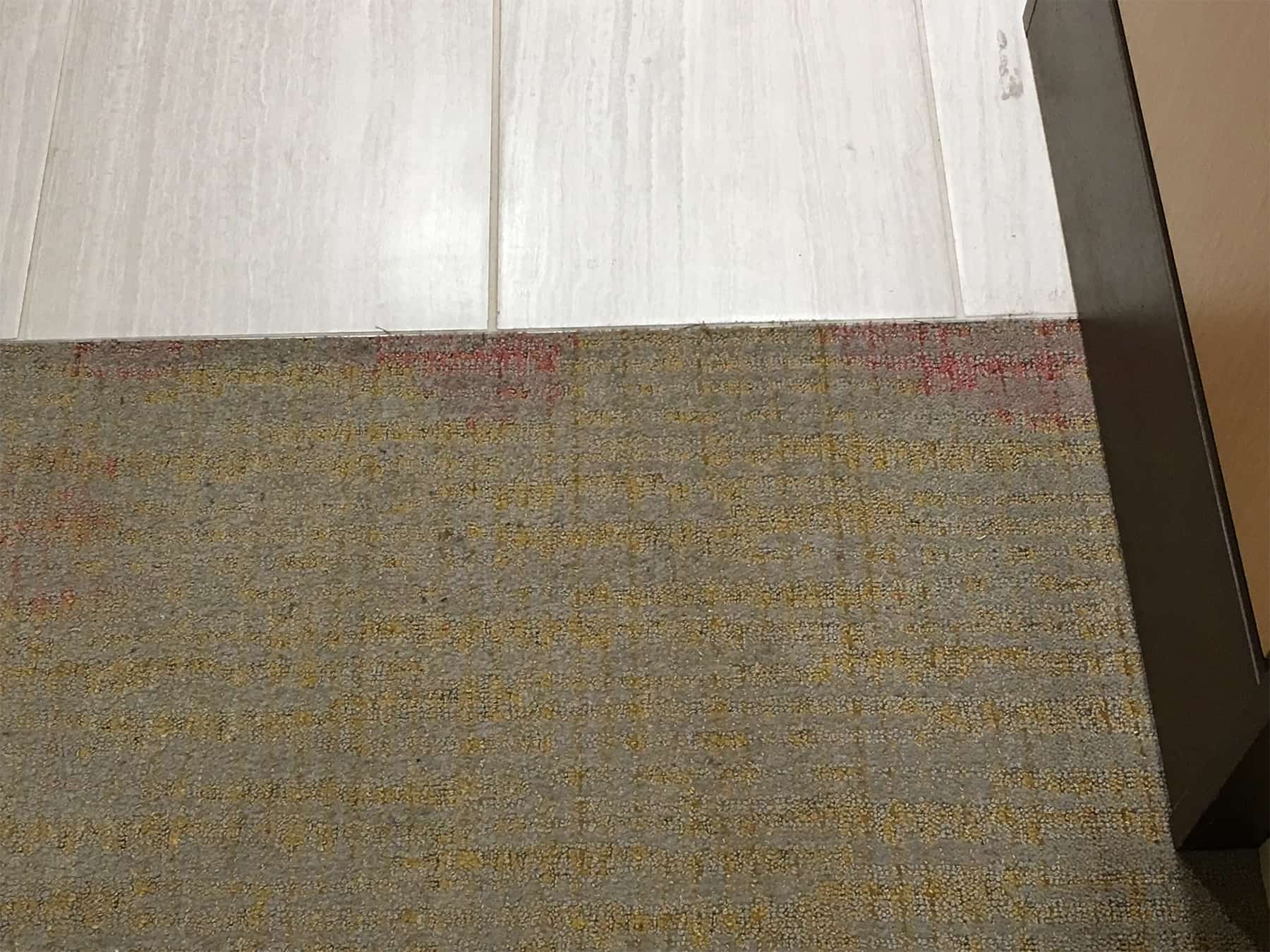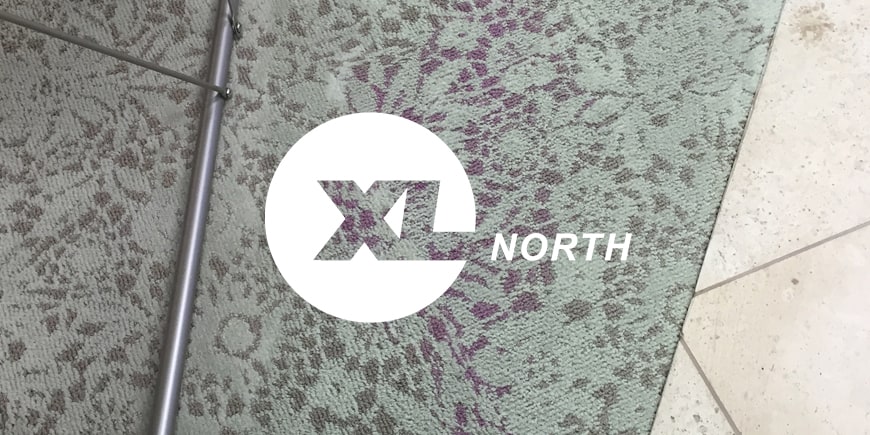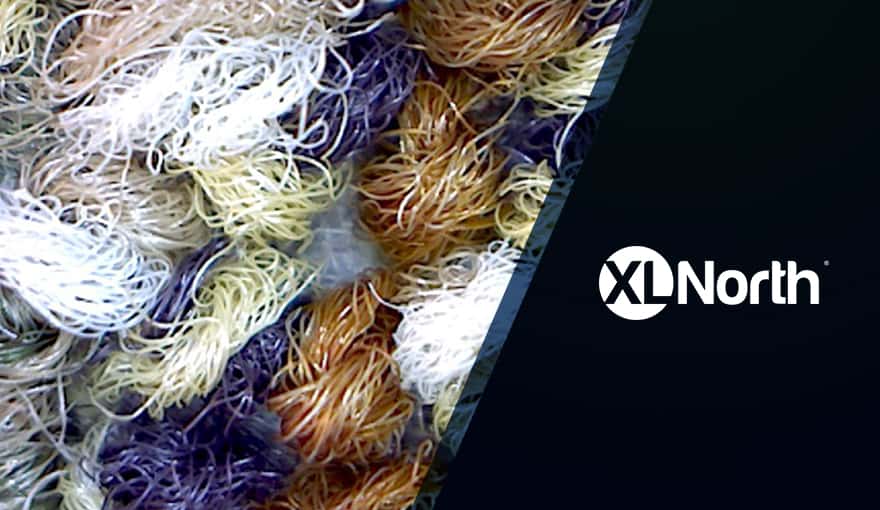When it comes to commercial carpet maintenance, understanding the underlying chemistry is as crucial as mastering the physical cleaning techniques. This is particularly true when dealing with the phenomenon of carpet fiber color shift, a challenge that often serves as an invaluable learning experience for new technicians in the field.
The Unanticipated Challenge of Color Shift
This XL North case study perfectly illustrates this challenge, involving a newly hired technician assigned to what appeared to be a straightforward low moisture cleaning job. However, the situation quickly turned into an emergency when the carpet unexpectedly changed color upon application of a cleaning solution. This real-life example underscores the importance of not just knowing how to clean, but also understanding the chemistry behind the process.
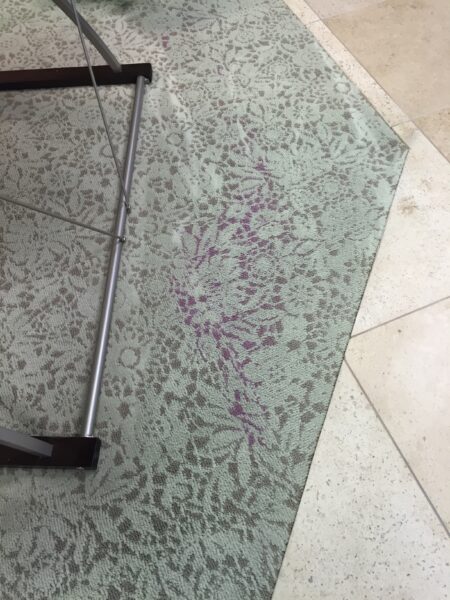
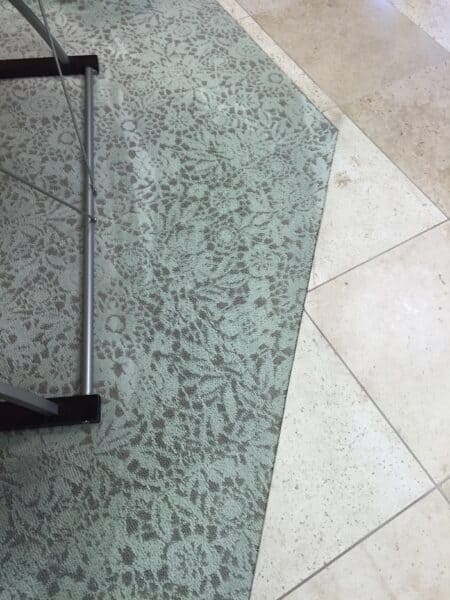
Understanding Color Shift
Color shift in carpet fibers typically occurs due to a chemical reaction between the carpet material and cleaning agents. Carpets are often made from different types of fibers, each reacting uniquely to various chemicals. For instance, the use of an incorrect cleaning solution, or residue from previous cleaning agents, can trigger a change in the carpet’s color.
In particular, piece dyed carpets, which are popular in commercial settings, are vulnerable to color shifts. These carpets are manufactured by dyeing nylon yarns in large vats with selected acid dyes, creating a multicolored appearance. The dyeing process makes them sensitive to pH imbalances caused by cleaning chemicals.
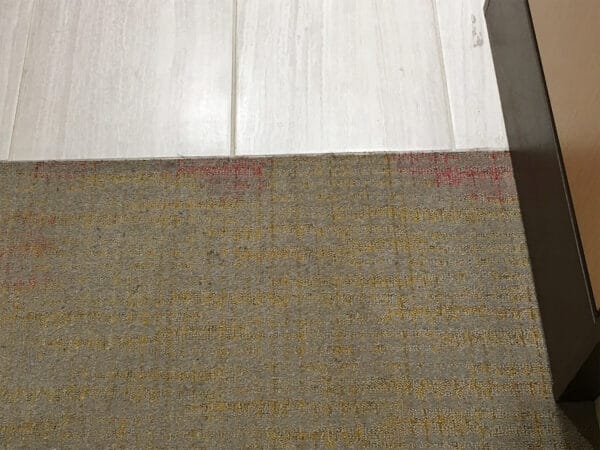
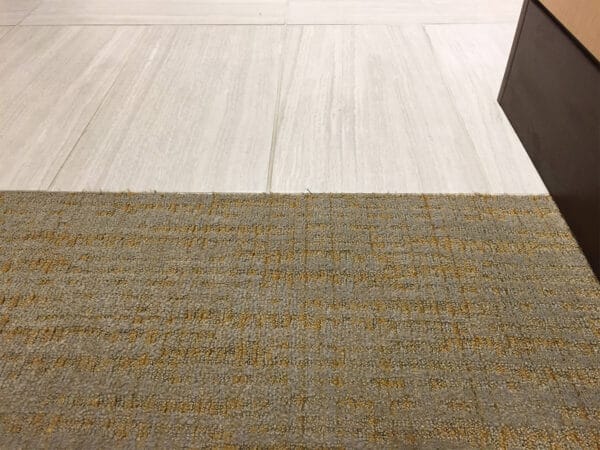
Identifying and Resolving the Issue
The process of rectifying the issue typically involves:
- Identifying the Cause: When a color shift occurs, it’s crucial to first identify the cause. It could be due to the use of a cleaning agent with an inappropriate pH level or the residue from a previous cleaning task.
- Corrective Action: The resolution typically involves applying a solution that counteracts the pH imbalance. For example, if the color shift is caused by an acidic solution, applying a high pH (alkaline) solution can reverse the change, and vice versa. It’s essential to understand the chemistry behind the cleaning agents and the carpet fibers to select the right corrective measure.
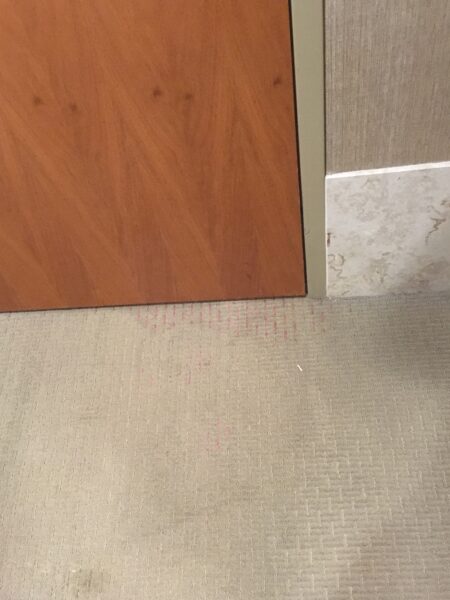
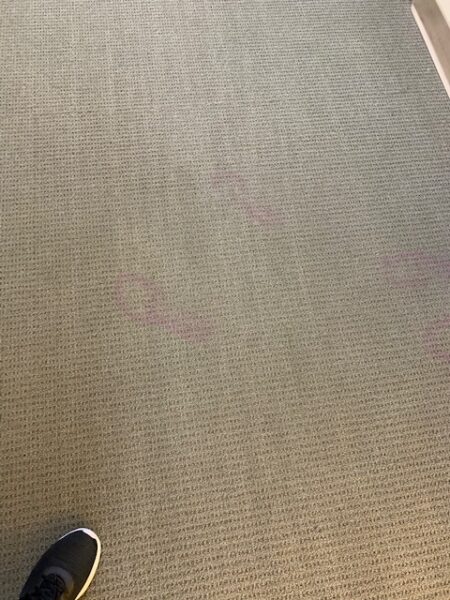
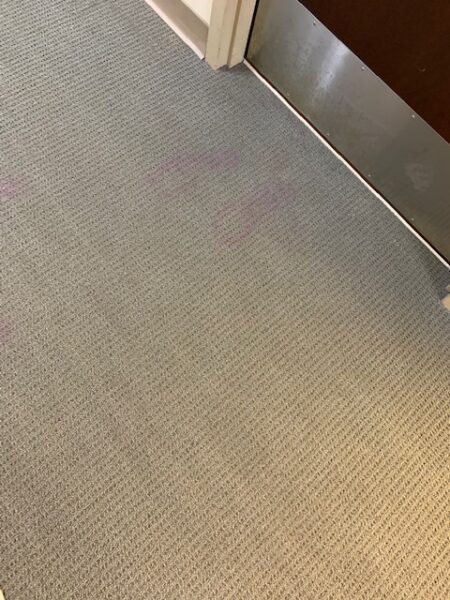
Lessons for New Technicians
For new commercial floor care technicians, dealing with unforeseen challenges such as carpet fiber color shift offers helpful lessons, including:
- Field Experience is Invaluable: Real-world scenarios often provide the best training for new technicians, teaching them to adapt and respond to unexpected situations.
- Understanding Chemistry: Knowledge of how different chemicals interact with various carpet fibers is essential in troubleshooting and resolving issues like color shifts.
- Equipment Maintenance: Ensuring that all equipment is properly cleaned and free from residues of previous cleaning solutions is crucial.
- Learning from Mistakes: Such incidents are learning opportunities, emphasizing the need to thoroughly understand all aspects of the job.
- Collaboration and Communication: The importance of reaching out to supervisors or more experienced colleagues when encountering unfamiliar challenges.
These experiences offer essential insights and effective best practices for managing the complexities of commercial carpet maintenance. They highlight the importance of technicians having a thorough understanding of cleaning chemistry and practical experience, which are vital for maintaining carpet quality and longevity.
